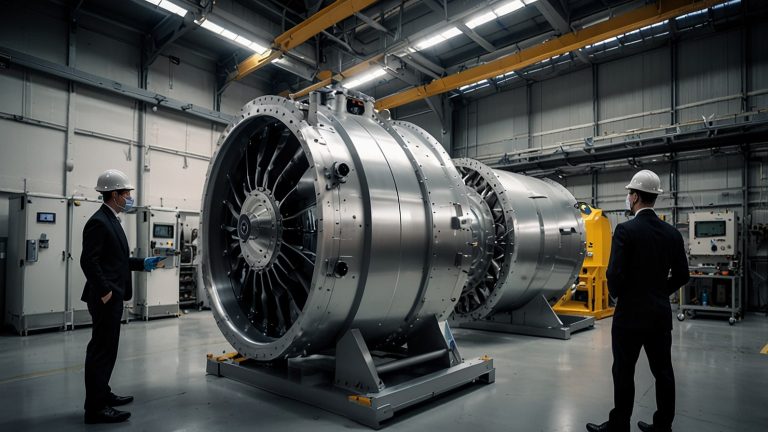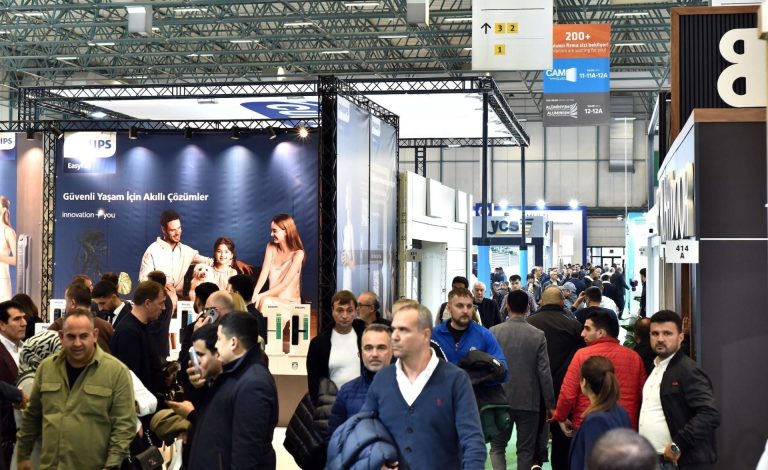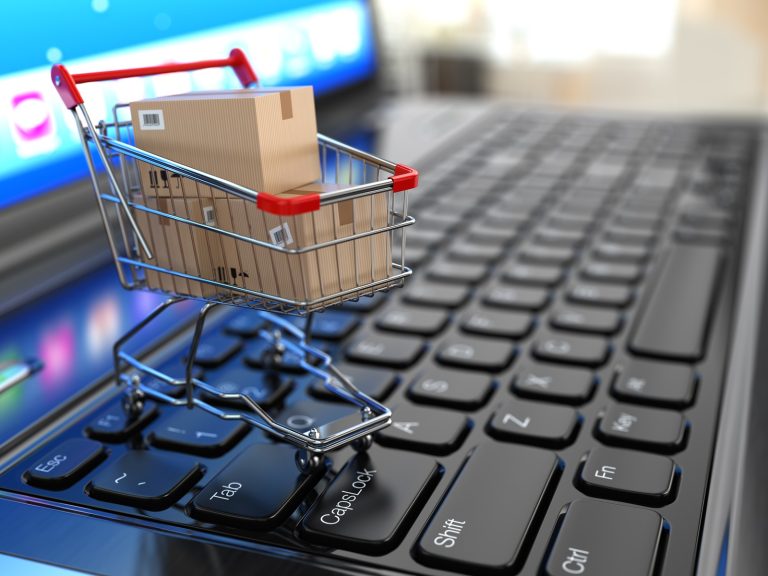Regaining almost record highs in 2025, the phenomenal turnaround saw Rolls-Royce Holdings PLC shares up 100 per cent year-to-date, and insider confidence and a major clean energy deal have underscored the resurgence of the aerospace giant.
On October 22, 2025, the stock increased 2.5 per cent to PS11.25 on news that the board member Paulo Cesar Silva had recently bought 41,780 shares and the company was chosen to receive the first modular reactors (SMRs) in the UK.
This is in line with the 0.3% growth in the GDP of August, which shows the rejuvenation of the industrial sector of the UK and the interest of investors in engineering powerhouses such as Rolls-Royce.
Purchase by Insiders Paves the Way to High Internal Optimism
Another turning point came on October 8, when board member of the Rolls-Royce Paulo Cesar Silva bought PS41.780 shares at PS11.62 apiece, that is 2 per cent above the current price, amounting to almost PS485,000.
This is a massive purchase, among the biggest insider purchases in several months, which demonstrates extensive belief in the company’s direction. Silva, being an expert in civil aerospace, is probably making the purchase a stake in the long-term demand of jet engines and aftermarket services, which constitute the majority of the Rolls-Royce income.
Insider buying is an excellent predictor of the underpriced opportunity, particularly when the stock has appreciated by a factor of two since January. Analysts take this to be a confirmation of the operational re-engineering of the business by Rolls-Royce CEO Tufan Erginbilgic, who has cut costs and simplified supply chains since 2023. This action is part of a wider defence and aerospace stock rally, which has been dulled a little by a recent 3% price decline received through profit-taking.
Clean Energy Breakthrough PS2.5 Billion SMR Support
To add to the bullish mood, Rolls-Royce gained a historic PS2.5 billion government grant on October 17 to design the UK’s first small modular reactors, which would form the basis of the country’s net-zero goals.
With this acquisition, the company is at the leading edge of state-of-the-art nuclear technology, where SMRs are safer and can offer more scalable power production to substitute fossil fuels.
The reactors, which are deployable in the early 2030s, have the potential to produce a power of up to 470 megawatts each and help the grid become less reliant on energy and electrify more as well as data centres increase in demand.
The SMR program developed by Rolls-Royce over ten years makes use of its engineering capability in modules that are small, factory-built modules that cause a 50 per cent reduction in construction times as opposed to conventional plants.
The contract has milestones on the prototyping and regulatory approval, and there is a possibility of exporting to the allies, such as the US and Japan. Such diversification into clean energy reduces risks caused by aviation cyclicality, increasing the attractiveness of Rolls-Royce as a two-play defence and renewables.
Triumph in First-Half and Revised Full-Year Prospective
The rise of the stock can be traced to its second-half 2025 results, which were stellar as underlying profits were 50% higher in July on a double-digit growth in revenues of a double-digit.
The powerhouse division of Rollo-Royce, civil aerospace, enjoyed a post-pandemic travel boom, and the hours of engine flight were higher than before the COVID-19 pandemic. Defence orders were inflated during the world tensions, and the power systems enjoyed data backups in the data centres.
Boldened, management raised its full-year guidance, which now aims at PS2.8-3 billion of underlying operating profit, 20 per cent higher than before. Free cash flow estimated to be PS2.2-2.5 billion will finance dividends, reduction of debt, as well as R&D. There is a visibility of PS8 billion order book, and the long-term contracts are being driven by the widebody engine demand among airlines such as Emirates and Delta.
The latest innovations include the introduction of the LessorCare+ in partnership with Avolon on October 17, which simplifies the maintenance processes of aircraft lessors, taking a portion of the PS100 billion of the worldwide engine services market. These efficiencies underline the Erginbilgic motto of row to recover, row to grow, and turn Rolls-Royce into a profit-making machine during the pandemic.
Dynamics and Valuation on the Market
The current forward P/E of Rolls-Royce is 18, which is a historical premium that is justified by the projections of a 25% increase in the share earnings. With a 1.5% weighting, the FTSE 100 heavyweight has been outpacing the index by 80 points in 2021, and this has been fuelled by the resilience of the supply chain and geopolitical tailwinds.
A 3 per cent monthly drop, though, is cause to be concerned: the eagerness to fly could be constrained due to the possibility of recession in the United States, and export margins are under strain as a result of the strength of the sterling, which increased by 1 per cent following the release of GDP information.
The larger sector companions, such as BAE Systems, had a 1.2% sympathy gain, but Rolls-Royce’s combination of cyclical and secular expansion makes it distinctive. The SMR win coincides with the green industrial strategy of Labour, which has the potential of opening PS10 billion in follow-on opportunities. However, there is the risk of execution SMR certification snags or engine certification snags might deform opinion.
Economic Tailwinds and Sector Ripple Effects
The increase of GDP to 0.3 in August, the first monthly increase since June, calms down jitters about recession and manufacturing output increases by 0.5% on export rebounds. In the case of Rolls-Royce, this is a domestic boost to the recovery of global aviation, where IATA predicts 4.7 billion passengers in 2025. The constant 3.8% inflation is good because it encourages consumer spending in leisure travel, which has an indirect impact on the utilisation of engines.
The PS500 million share buyback scheme, which is currently extended to 2026, adds strength to the capital returns of the company with a 0.5 per cent yield and a reinstated dividend. This financial discipline has restored investor confidence, and institutionalised ownership is almost 80%.
Future Projections and Investment Plan
Looking forward, Rolls-Royce looks at the Q3 trading update on 13 November, and analysts reckon that it will provide more guidance changes. Growth in fighter jet engines in India and hydrogen propulsion demonstrations has the potential to increase PS1 billion of revenues by 2030. The management emphasises sustainability with 30 per cent of R&D dedicated to net-zero technology.
To investors, Rolls-Royce is a UK engineering rebirth high-belief growth portfolio holding. Although the volatility remains, insider trades and policy victories are indicative of the rally having legs. This phoenix out of the ashes of near bankruptcy presents a strong upside, in a market yearning for industrials with moats, macroeconomic stars permitting.
Simply put, the catalysts of the month, which Rolls-Royce experienced in October: insider fortitude and nuclear prowess, will drive the shares to long-term highs, a pattern that the UK trend follows with its wavering economic performance. With the buzz of aviation and the growth of greens, this FTSE stalwart is plotting a path of value sustainability, which impresses the world capital.













 Bitcoin
Bitcoin  Ethereum
Ethereum  Tether
Tether  XRP
XRP  USDC
USDC  Wrapped SOL
Wrapped SOL  TRON
TRON  Lido Staked Ether
Lido Staked Ether  Cardano
Cardano  Avalanche
Avalanche  Toncoin
Toncoin